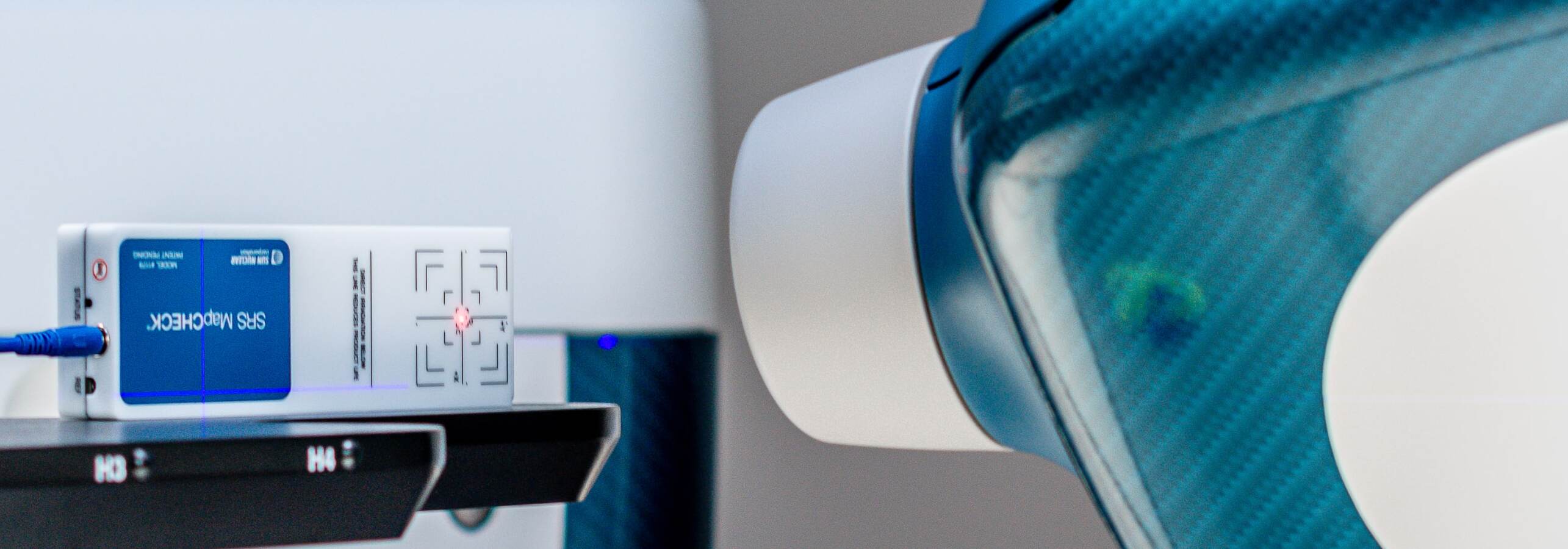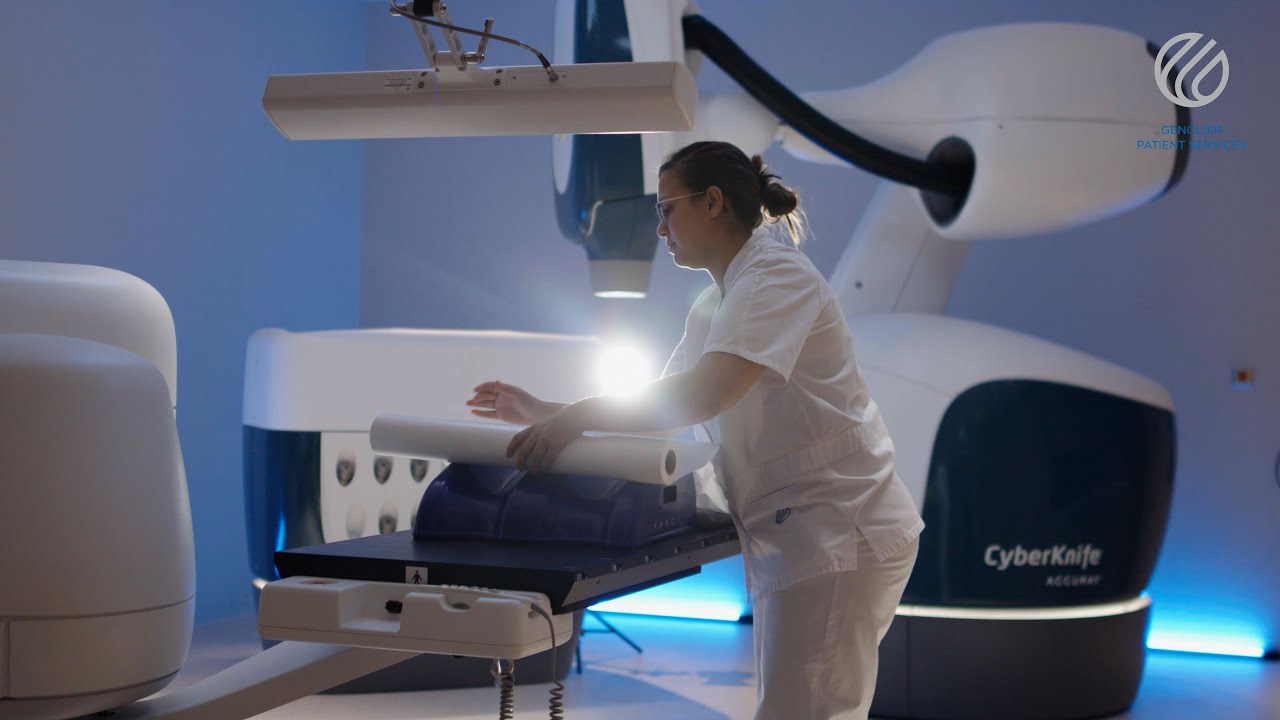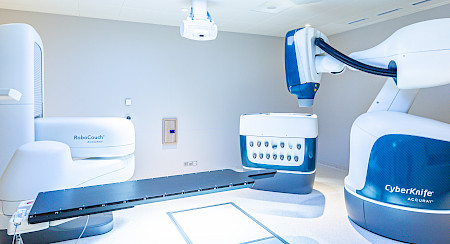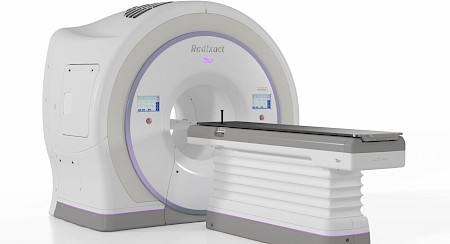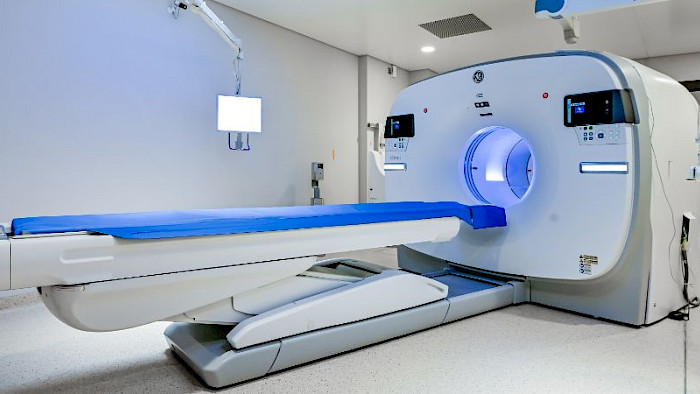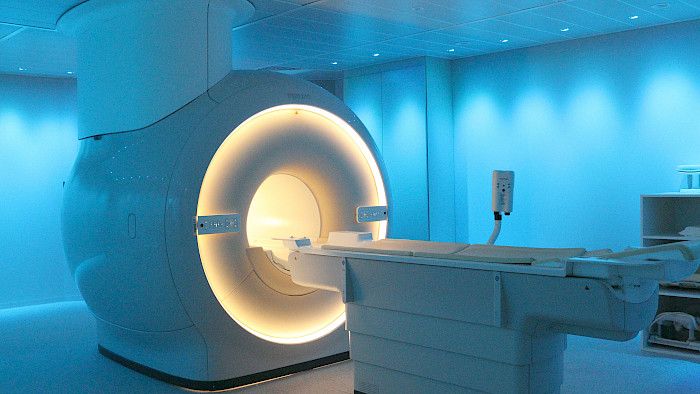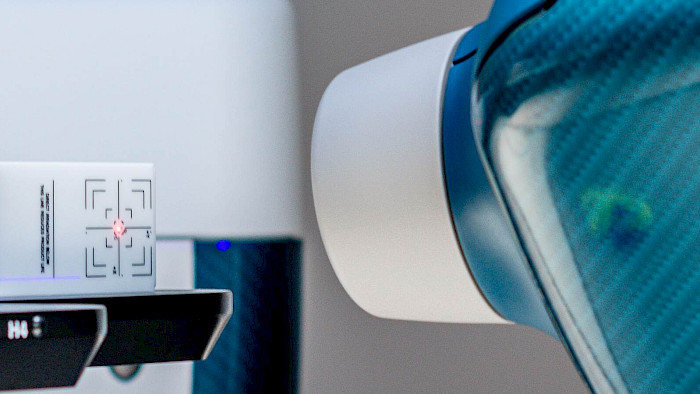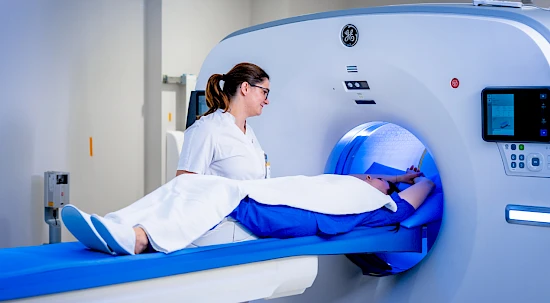Your treatment in our radio-oncology department follows a request made by your oncologist or specialist. In order to present you with the details of our treatment proposal, you will receive an appointment for a «first consultation». During this consultation, a radio-oncologist from our network will present the indications, benefits and possible side effects of the treatment. He or she will also discuss the various treatment strategies with you and may recommend additional examinations.
-
Centres
back
Centres
- Medical specialty
- Doctors
-
Patients & visitors
- About us
- Referrer
-
Centres
back
Centres
- Centre du Sein
- Centre for Back Rehabilitation
- Centre for Diabetes
- Centre for Nuclear Medicine
- Centre for Regenerative and Aesthetic Medicine
- Emergency
- Oncology Centre
- Physiotherapy Centre
- Polyclinic
- Radio-Oncology Centre
- Radiology Centre
- Supportive Care Center
- The Foot and Ankle Center
- Thorax Centre
- Medical specialty
- Doctors
-
Patients & visitors
back
Patients & visitors
- About us
- Referrer
close search

